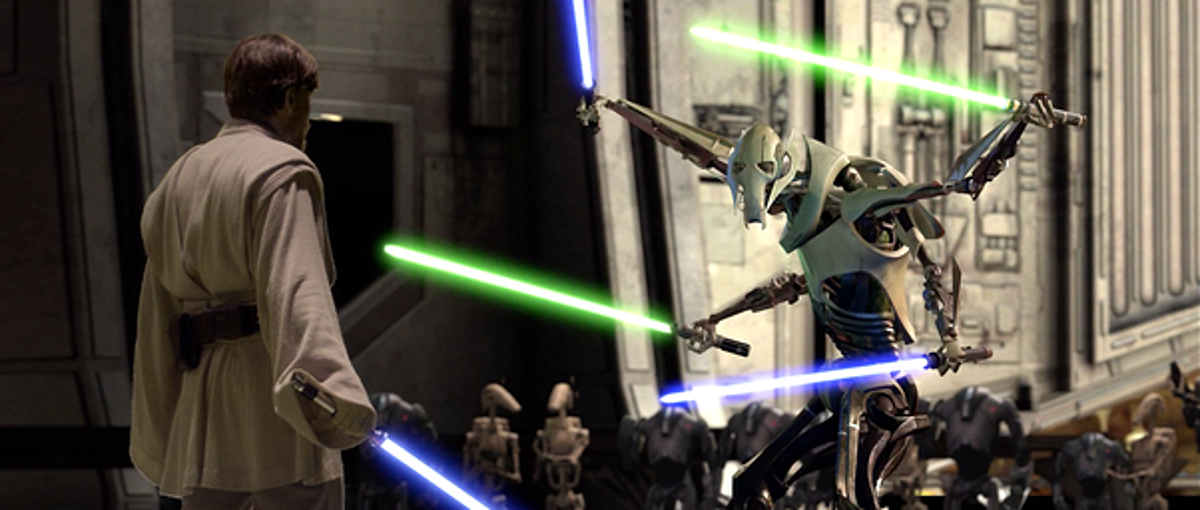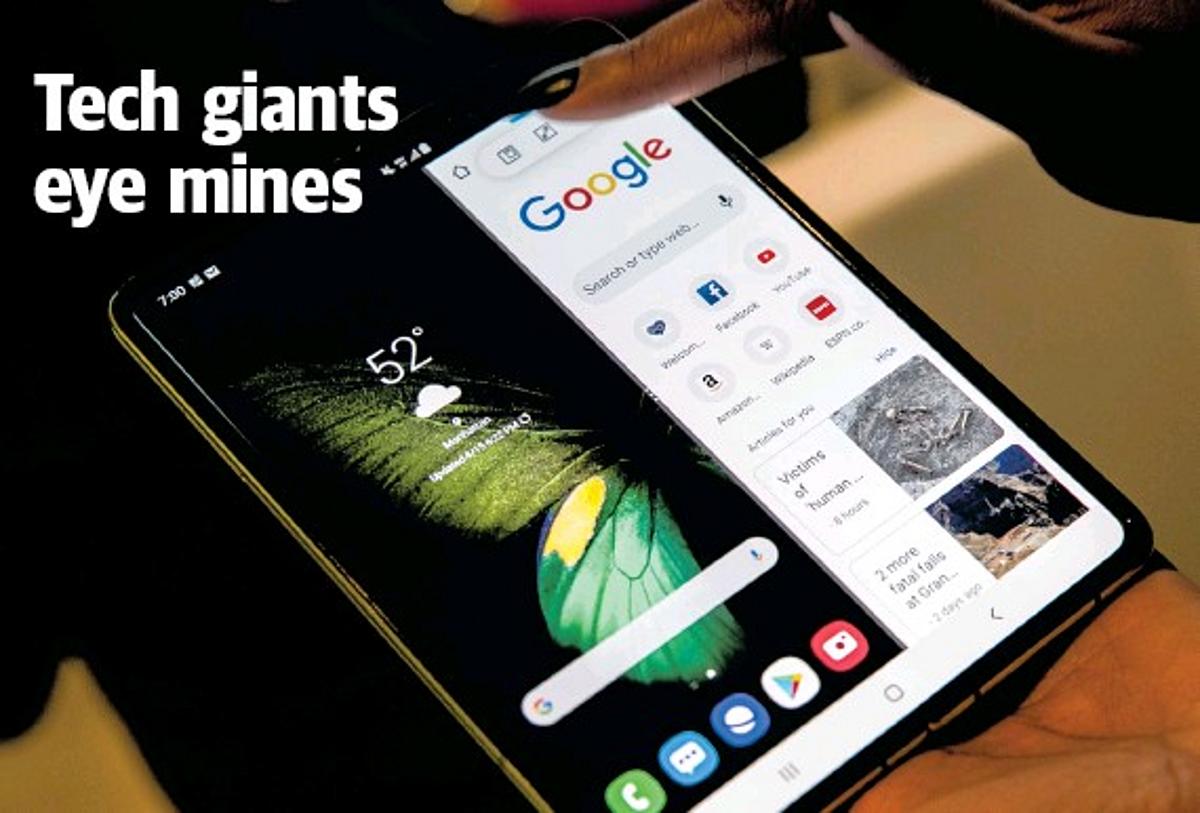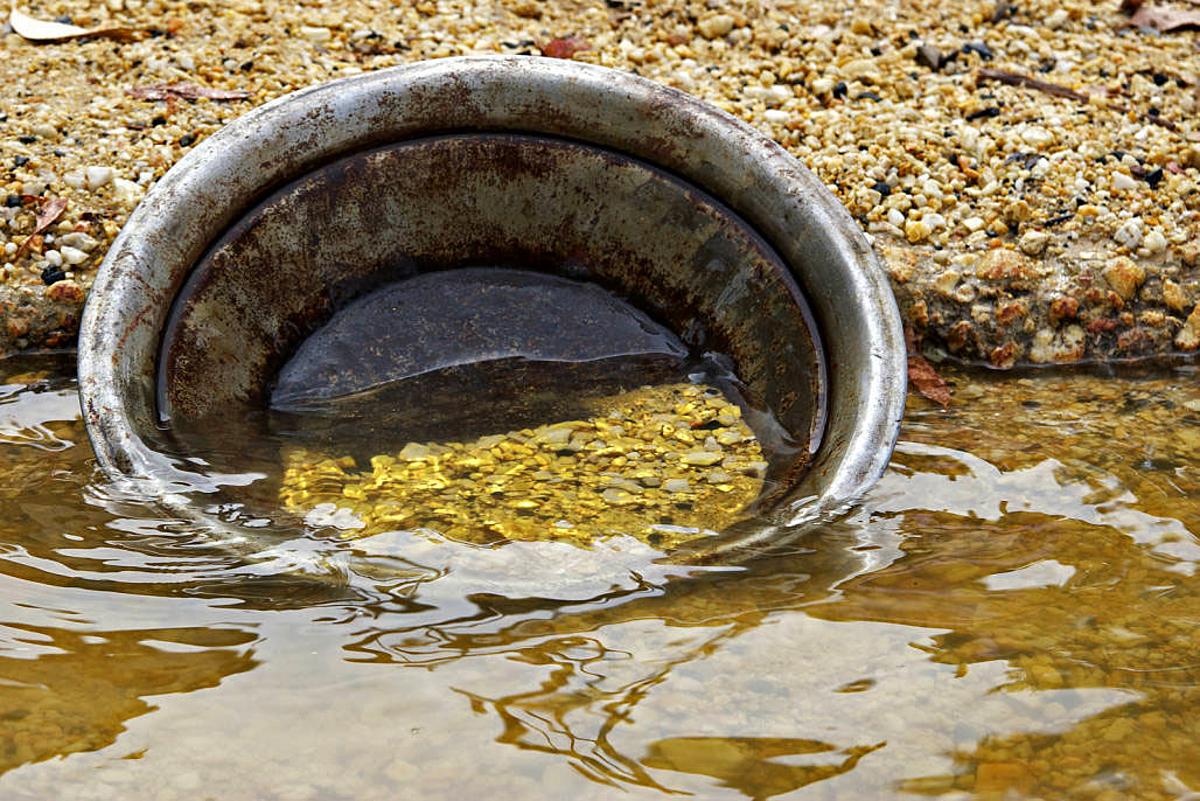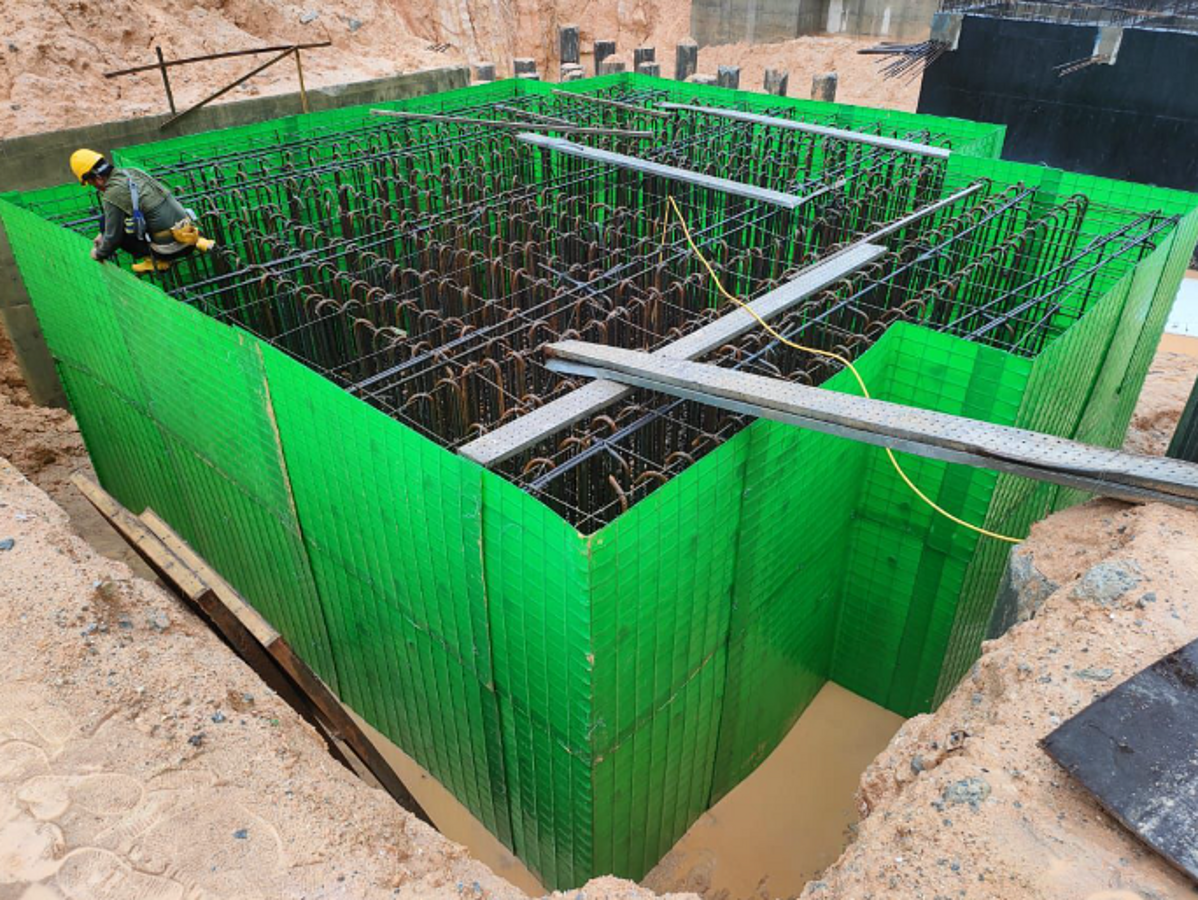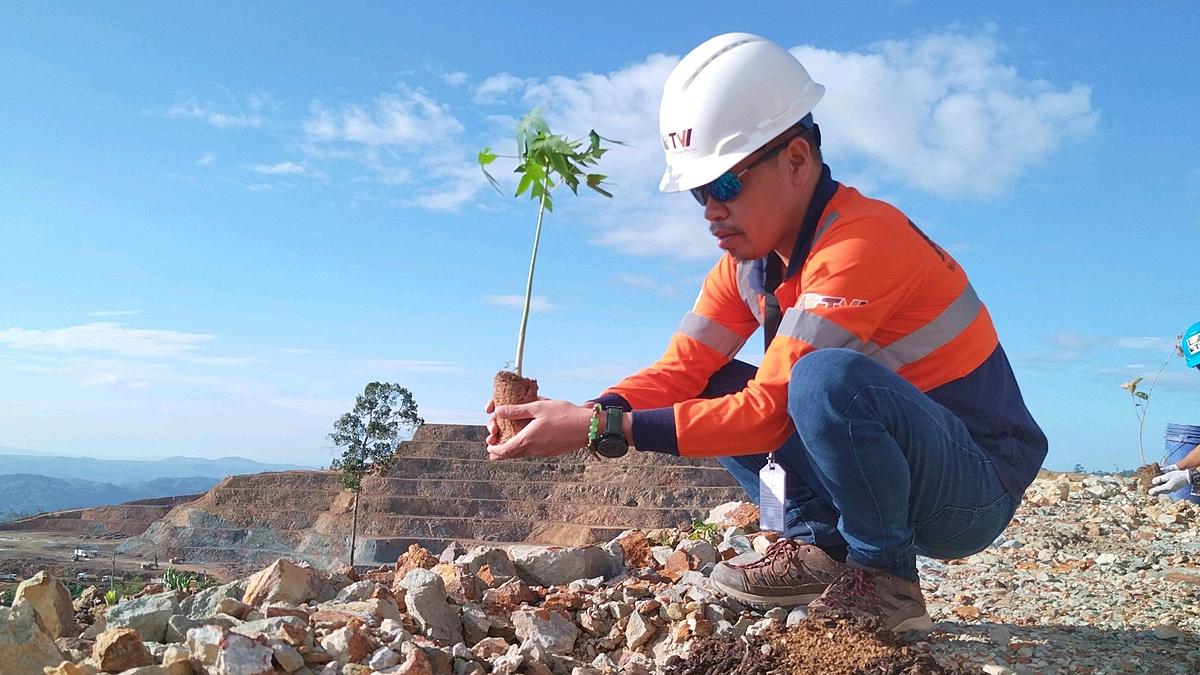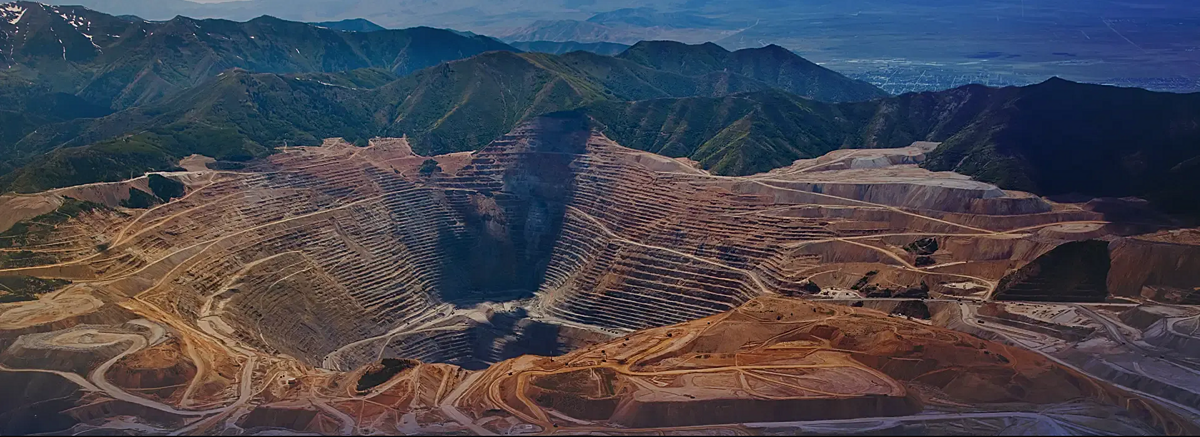(A scene from Star Wars: Episode III - Revenge of the Sith (2005), iconic fight scene of Obi-wan versus General Grievous in a mine site (Photo credits: Lucasfilm, https://www.starwars.com/)
Pop culture, movies, novels, literature, comic books and even video games often catch our attention and sometimes become our momentary bliss as we try to escape the real world... to find entertainment or to relax our minds. These modes in media are quite influential in ways that most of us are unaware of. For young minds or lay people who have no background in the field of Geology or Mining Engineering, their perception of the mining might be influenced by movies and books.
Is this helpful in promoting proper information? Is it somehow injecting a negative impression towards mining where lay people believe what is fiction rather than true science?
In the film industry, mining is a popular topic in science fiction movies. In the Star Wars movie trilogy, prequels and sequels (in films and novels), it seems evident that storylines show the importance of mining. There are many parts of Star Wars films or books where pro-mining sentiments are projected.
Without mining in the Star Wars universe, there are no lightsabers, laser blasters, Star Destroyers, Imperial Fleets or Death Stars. For example, the lightsaber (a fictional and signature weapons of the Jedi Order and Sith Lords) are dependent on kyber crystals (a fictional precious gemstone) for its source of power. In the story, young Jedi apprentices are sent to the Crystal Caves of an ice planet to mine crystals. From there, they can build their own lightsaber.[1]
Darth Vader’s success as a leader is marked by the completion of two Death Stars. Mining of minerals made the creation of these battle stations possible.
Moreover, In the 2016 film, “Rogue One: A Star Wars Story”, an ancient Jedi Temple (Temple of the Whills) was looted by the Imperials for their kyber crystals which were used for the first Death Star that they were building.
Story plots of Star Wars films and novels often show the life of miners and how communities are affected by mining. For example, back in 1977, a Star Wars novel was published titled “Splinter of the Mind's Eye” by Alan Dean Foster. In this novel, Luke Skywalker and Princess Leia were stranded in a swamp-like planet. In order to escape from the Imperials, they concealed their identity by pretending to be miners. The story somehow reflected the life in a planetary mine site.
The 1992 novel “Star Wars: Dark Force Rising” by Timothy Zahn also had chapters were mining and its effect on a planet were discussed.
Mine sites also made its mark in significant scenes in Star Wars films. In “Star Wars: Episode III - Revenge of the Sith” in 2005, two fictional mine sites were mentioned.
At the mine site of Planet Utapau, Jedi Knight Obi-wan Kenobi had a fierce duel with the strange cyborg leader of the Separatist Army, General Grievous. With all the noise, sarcastic lines and blinking lights in the scene, perhaps it is hard to notice that the background resembles an open pit mine. Utapau is a planet with many sinkholes wherein alien cities are found and mining is their main occupation. This is also the hideout of the Separatist Army.
Later in the film, we are taken into another mine site. Do you remember how Anakin became Darth Vader? He had a fatal duel with his teacher, Obi-wan while they were at the Mustafarian mining complex in Planet Mustafar. This mining complex is an ore-collection complex in a volcanic planet. The mining facility was also used as a secret hideout of a battle droid factory.
Although Star Wars films and novels seem to project a pro-mining picture, these two fictional mine sites in SW Ep III have a negative connotation. First, mine sites are used as secret hideouts of criminals and their illegal activities like manufacturing weapons and aggressive use of military technology. Second, mine sites are dangerous. A young hero can be badly injured and end up being the villainous Darth Vader.
Aside from Star Wars in 1977, there was also Battlestar Galactica in 1978 by Glen A. Larson.
The movie had a TV series in 1980 and 2009, plus a miniseries in 2003. Mining was rarely mentioned in the film or TV series but the Galactica star fleet does have a Mining Ship designed to gather ores and water from asteroids. Mining became more prominent in Battlestar Galactica on its online gameplay. Therefore the concept of asteroid mining is depicted where mining titanium and water are needed to upgrade spaceships and provide fuel.
If “Star Wars” and “Battlestar Galactica” present pro-mining messages, do you think films like “Avatar” and “Man of Steel” are doing the opposite?
In 2009, James Cameron’s “Avatar” brought us into the world of Pandora, a habitable moon in the Alpha Centauri star system, which is inhabited by a local tribe of Na’vi (blue-skinned humanoid species of Pandora).
The humans inhabited Pandora primarily for the mining of a rare mineral called Unobtanium, a fictional superconductor element not found on Earth. This mineral is needed to save Earth from an energy crisis. Eventually the mining colony expanded and it threatened the existence of the local tribe. The movie presented how mining affects the lives of indigenous people and the environment. Is the problem here mining or is it greed and misuse of technology?
In the 2013 film “Man of Steel” (by David Goyer and Christopher Nolan) anti-mining sentiments were not presented directly. However, there was a scene when a holographic recording of Jor-el (Superman’s father), explained how Planet Krypton exploded. He said, “We exhausted our natural resources. As a result, our planet's core became unstable.
Eventually, our military leader, General Zod, attempted a coup, but by then it was too late.” [2]
Jor-el did not directly say that mining destroyed Planet Krypton, but the concept of “exhausting natural resources” and “planet’s core became unstable” could be hints of irresponsible mining. That part is left for audiences to think about.
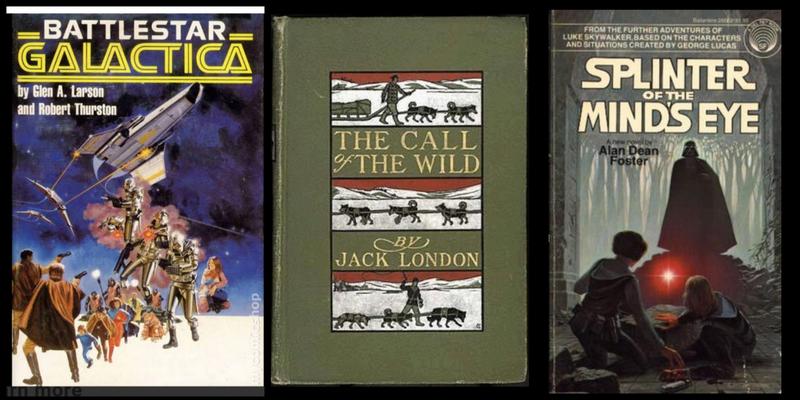
Looking at classic literature novels, mining and the life of miners were the main topics in Jules Verne’s “The Underground City” (1877) and “The Call of the Wild” (1903) by Jack London.
The French sci-fi writer, Jules Verne wrote “Les Indes noires” (The Black Indies) which had English titles like “The Child of the Cavern”, or “Strange Doings Underground”. Other English titles for the novel were “Black Diamonds” and “The Underground City”. The novel is about coal miners in the mining community of Aberfoyle near Stirling, Scotland back in the 1800s. The mysterious setting showed how mining can bring a community together or perhaps how it can bring danger to some in an underground mine site.
“The Call of the Wild” is an adventure novel by Jack London that tells a story of a dog named Buck. The story took place in 1890 in Yukon, Canada during the height of the Klondike Gold Rush. In those times, strong and reliable sled dogs were in high demand due to their ability to survive the harsh winter climate. Buck was stolen from his home in Santa Clara Valley and sold as a sled dog in Alaska.
The book is not science fiction but is a fictional novel based on real-life events about gold mining. It tells us about the historic Klondike Gold Rush in 1896 - 1899. Gold was discovered there by local miners on 16 August 1896. When news reached Seattle and San Francisco the following year, around 100,000 prospectors migrated to Klondike region of Yukon (north-western Canada). Some became wealthy while others failed. The Klondike Gold Rush became a part of popular culture at that time.
In summary, no matter how mining is presented by pop culture or media, it brings awareness on how mining plays a vital role in nation-building through infrastructure. Mining also determines the success or failure of a nation at war. The portrayal of miners, engineers and scientists in films or novels gives its audience or readers an awareness of the difficulties of working in a mine site.
The Star Wars Universe for example may be science fiction, but the concept behind mining for minerals, industrialisation, political conflicts, economic issues and wars are reflective of real life struggles.
For professionals in the mining industry, the challenge is to help young people and lay people find the balance between facts and fiction. Let us help them understand the scientific facts versus science fiction with regards to mining.
Was there a good movie or book that inspired you towards a career in mining or infrastructure? Can you think of a good movie or novel where mining was a center of the plot or narrative?
-----
Reference:
[1] https://starwars.fandom.com/wiki/Kyber_crystal
Other reference - https://www.starwars.com/
[2] https://www.quotes.net/movies/man_of_steel_132084
Book and photo: * “The Call of the Wild” by Jake London, book cover by Paul Bransom and Charles Bull (1890)

